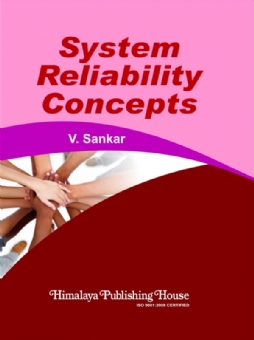Enterprise Resource Planning (ERP) uses an integrated database to provide a common, integrated infrastructure for typical business processes within functional areas and consistent information across areas. It provides a seamless information system to support the various functional business modules of an enterprise. This powerful tool is also available in packages as solutions to information management problems.
This book has been organized in 8 chapters and with a vast number of illustrations and case studies at the end.
| Book Content of Enterprise Resource Planning and Management of Information System | |
| 1. Enterprise Resource Planning (ERP) 2. IS Models 3. Business Process Re-engineering (BPR) 4. ERP Modules 5. Types of Information Systems 6. Benefits of ERP 7. ERP Implementation and Maintenance 8. IS Security, Control and Audit Case Study |
|







